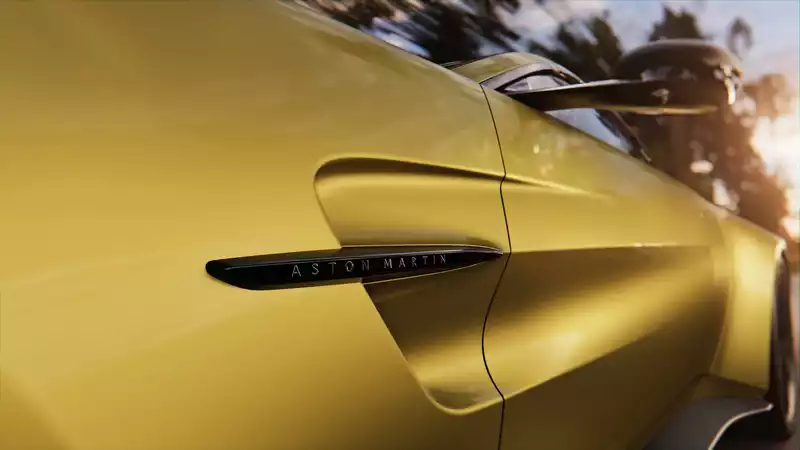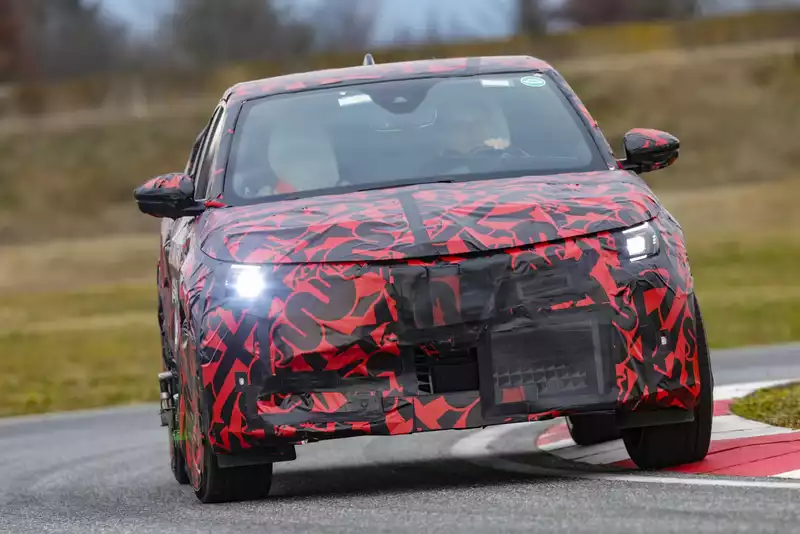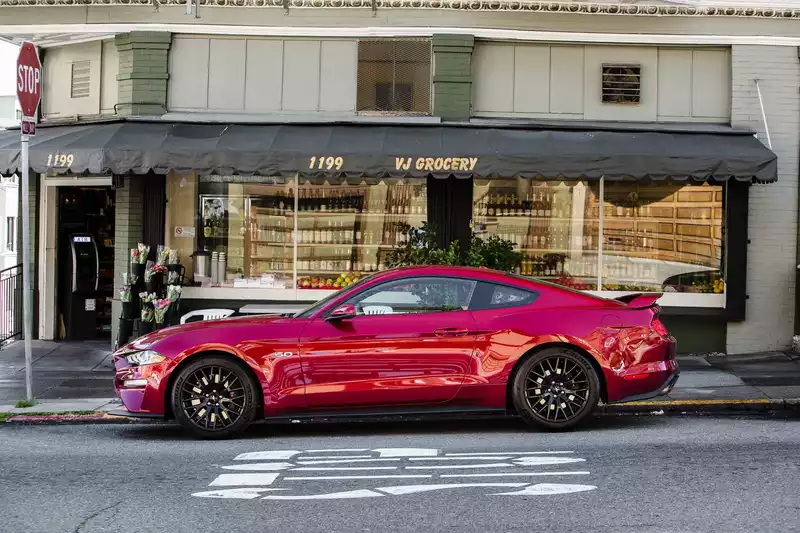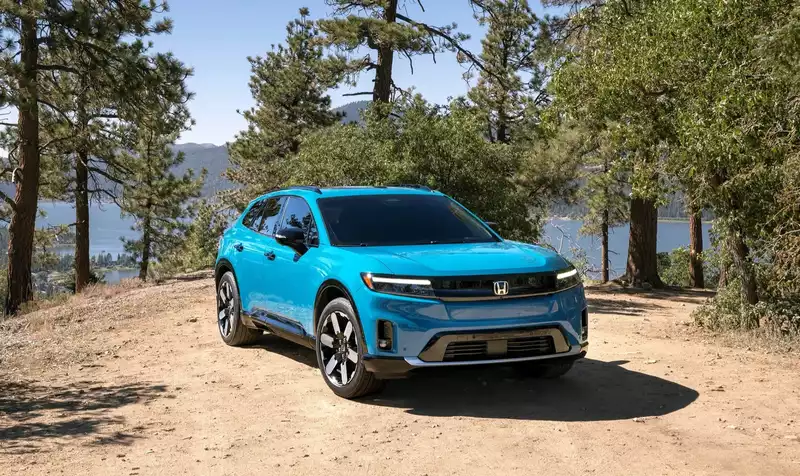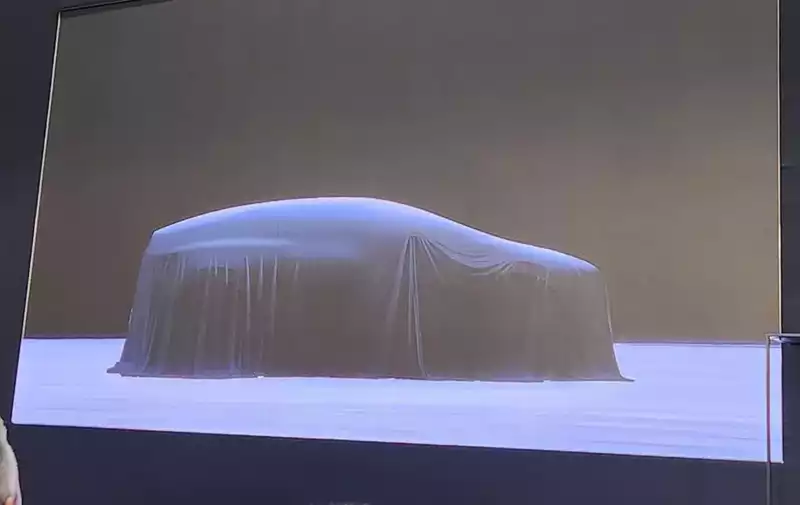Why it's hard to drive supercars on public roads.

Supercars may push automotive design and engineering to the limit, but they still need to follow the same regulations as regular sedans and crossovers. In a recent interview with Apex One, Christian von Koenigsegg said that making supercars legal on public roads is the most difficult part of the development process.
The reasons for this are as follows.
Regulations vary from country to country, but the homologation process is generally divided into active safety, passive safety, and emissions, according to David Tougas, Koenigsegg's homologation manager. Active safety includes headlights, mirrors, and driver aids, while passive safety includes crash prevention devices.
Koenigsegg spends about 60 percent of its development budget on regulatory compliance, von Koenigsegg says. Von Koenigsegg said that finding the money to embark on this process has been a major obstacle for the emerging automaker.
In Europe, Koenigsegg is exempt from some regulations because it is a low-volume manufacturer, but not from crash tests or emissions regulations, Tougas said. Because no exemptions are granted in the U.S., Koenigsegg must meet the same standards as other automakers.
Regulations in the U.S. and Europe are also very different, which increases the amount of work required to sell vehicles in both markets, Tougas said. The cost and complexity of certifying vehicles sold in other markets to be legal in the U.S. also affects large automakers, which is why vehicles like the Ford Ranger Raptor remain forbidden fruit in the United States.
Koenigsegg, being a small company, had to be creative in its testing methods. After being thrust into the spotlight, one of Koenigsegg's Geneva International Motor Show display cars was used as a test mule, with painted body panels replaced with bare carbon fiber. Koenigsegg is not alone: Rimac crash-tested the same C_Two monocoque six times to get the electric supercar ready for production.
Safety and emission standards are an essential part of the new car development process. As long as companies do not underestimate the challenges, regulations will not stop Koenigsegg or other companies from launching new supercars. But the next time you see a new car from a startup company not make it to production, this could be the reason.

